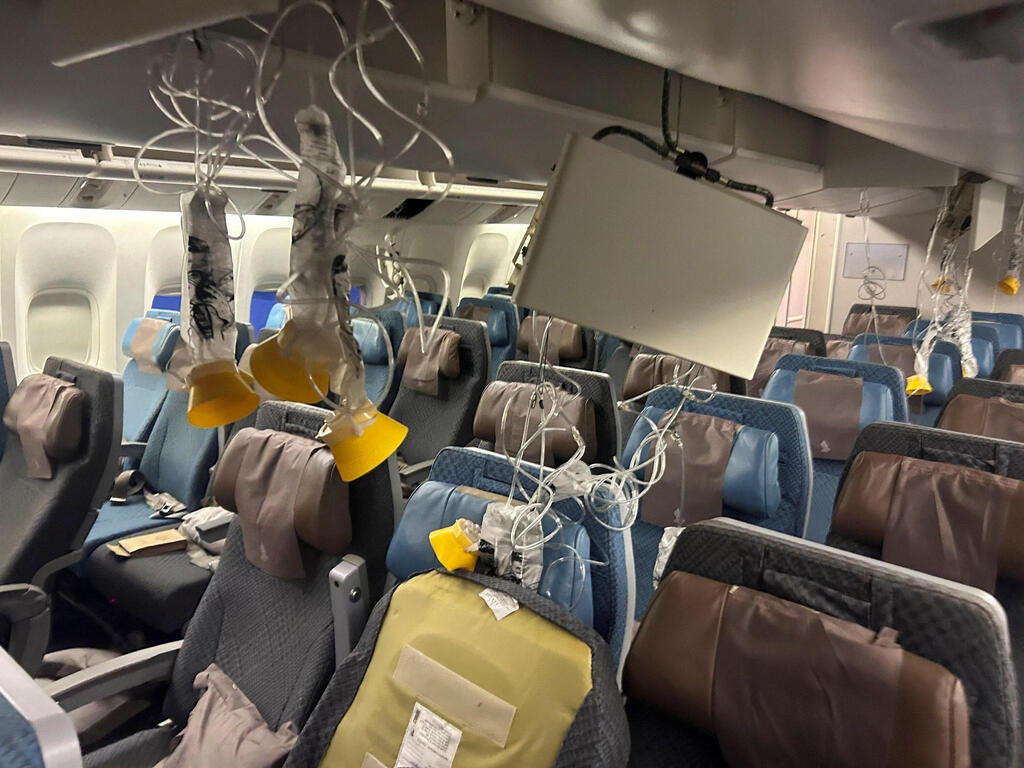Getting your Trinity Audio player ready...
While turbulence-related deaths and serious injuries are rare according to FAA data, incidents involving turbulence have injured passengers and crew, with 163 passengers and crew members on US-registered aircraft seriously injured by turbulence between 2009 and 2022, with flight attendants being at higher risk when out of their seats.
Pilots view turbulence as a convenience issue rather than a safety issue, utilizing techniques like seat belts and adjusting altitude to navigate through turbulence and keep passengers safe.
There are three general types of turbulence: boundary layer (affecting takeoff and landing), mountain wave (causing altitude loss), and clear air turbulence occurring in cloudless air and challenging to detect). The latter causes violent buffeting without warning.
Most turbulence injuries occur when passengers and crew are not wearing seatbelts.
Climate change is expected to increase turbulence severity in the future, with reports showing severe clear-air turbulence in the North Atlantic has increased by 55% since 1979, and projections indicating a possible doubling or tripling in the coming decades.
Pilots have tools to predict and mitigate turbulence, focusing on comfort rather than safety issues, and can adjust altitude to navigate out of turbulence regions safely.
Turbulence prediction website Turbli ranks flight routes based on turbulence intensity, with specific regions like the Andes, Alps, Japan, and China being more turbulent. Some airports and regions like Zurich, Santiago, and certain mountainous areas have repeated entries in the list of most turbulent flight routes.
Some experts recommend sitting near the wings or the center of the aircraft for a smoother ride during turbulence.
While seating recommendations are more useful for mild turbulence situations, looking out the window and focusing on the horizon can help reduce motion sickness during turbulence. Flight attendants may recommend sitting closest to the window during flights to feel more secure, although experts advise against this during extreme turbulence.
This article was written in collaboration with Generative AI news company Alchemiq
Sources: Independent, New York Post, Washington Post, Los Angeles Times, Newsweek, New York Times, Ask the Pilot, NPR, Forbes, National Geographic


